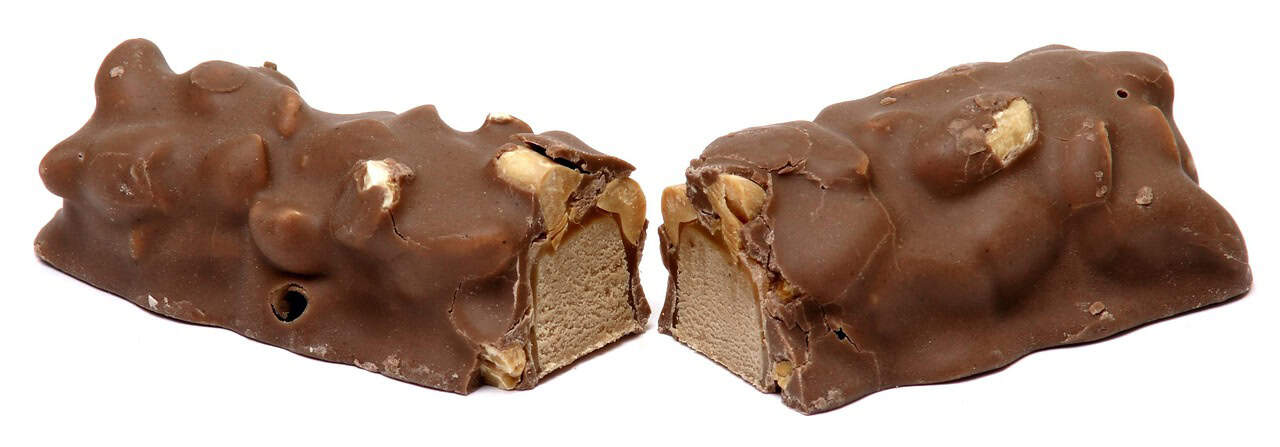I’ve always embraced my role as father, particularly the part about boring the hell out of the kids. Presidential history, I’ve learned, is remarkably effective in this regard.
Fortunately for them, the pain only involves an approximately one-hour drive west. When they grow up, they’ll realize things could have been a lot worse.
That 60-minute drive (or is it 90 minutes?) lands us near the dynamic city of Buffalo, site of more presidential history than, well, almost anywhere.
Our adventure—or nightmare, depending on the perspective—usually starts in the suburb of East Aurora, known regionally as the home of the Roycroft movement and Fisher-Price, that toy company.
It’s also the place where Millard Fillmore—born in a log cabin in the Finger Lakes—built a home with his very own hands. I have to pick and choose my battles on these fathering missions, so even though touring the home is possible, we’ve opted instead for the drive-by and wave on the way to the big city.
Fillmore went on to become US president number 13, later remembered as one of several leaders who failed to prevent the country’s slow descent into civil war. He did, however, do a lot for Buffalo, explaining why he has a bronze statue at City Hall and an entire hospital named after him (with a Tim Hortons inside!). He’s buried in the famed Forest Lawn Cemetery, somewhere near native son Rick James.
From there, the city is the gift that keeps on giving, starting with the original Donald Trump, also known as Grover Cleveland, the other dude who served nonconsecutive terms.
Cleveland was president number 22 and 24, but only after first serving as Erie County sheriff, mayor of Buffalo, and governor of New York State. He, too, has a bronze statue outside City Hall.
Most importantly, his oldest child, Ruth, apparently inspired the name of the heavenly Baby Ruth candy bar.

His successor, William McKinley, once asked, “What in the world has Grover Cleveland done? Will you tell me?”
And I cannot, because my children have never given me the time to delve further.
Speaking of McKinley, he showed up in Buffalo in 1901 for the Pan-American Exposition, which highlighted innovation at the time.
Things didn’t go all that well, as anarchist Leon F. Czolgosz made McKinley the third president to be assassinated.
Czolgosz got the electric chair in Auburn, New York, and McKinley got a stone memorial where the shooting occurred and a more legitimate 96-foot obelisk in front of City Hall.
Of course, after the tragic event, the vice president—Theodore Roosevelt—had to be rushed to Buffalo to be sworn in as president. The impromptu inauguration site—a mansion turned museum—has traditionally been the last stop on our chronological tour of presidential history.
It doesn’t have to end there, as the Buffalo History Museum—home to the revolver Czolgosz used—and the Buffalo Presidential History Center are somewhere in the vicinity.
By then, however, the whining has reached an uncomfortable intensity, and I am overcome by hunger (and thirst).
As such, I am left with no choice but to curtail the operation and squeeze in some final presidential memorabilia at a different kind of cultural institution—Founding Fathers Pub.
On the short drive back east to Rochester, I occasionally note that everyone is excited the day is almost over.
Reference:
Confronting the Presidents: No Spin Assessments From Washington to Biden
2 Responses
Great article. I thought I knew my presidential history but the only connection I previously knew of was McKinley. Next time City Hall only might be the biggest bang for the buck.
Thanks! Yeah, City Hall makes for great “one-stop shopping.” It’s also a great Art Deco building that sometimes has free tours.